17/11/2016
The design of each Inkaterra property is a true legacy to the hotel’s surroundings, character & individuality. You may have noticed on Twitter and Instagram, that we’ve been celebrating #InkaTextiles this month, by showcasing the designs that capture the attention of our guests.
Preserving the Peruvian heritage that surrounds each property is important for Inkaterra Founder and CEO, José Koechlin, and his wife, Denise Guislain, Inkaterra’s Design and Quality Director. The two have intricately designed and tailored the interiors, to amplify the charm of each property.

Step off the vibrant streets of Cusco and through the authentically carved doors at Inkaterra La Casona to a portal of the past. This exclusive manor, named as the Best Hotel for Ambience & Design by Condé Nast Traveller-UK in 2011, sits on land that once played home to the elite army of the Incas. It was also home to don Diego de Almagro in the 16th century, the Spanish conquistador who participated in the conquest of Peru.

After two years of reconstruction and renovation, Inkaterra La Casona opened as an exclusive 11-suite boutique hotel, steeped in history and grandeur. Each suite is filled with delicately sculpted ornaments and luxurious patterned fabrics that are displayed against a deep red and cream stone-wall backdrop.
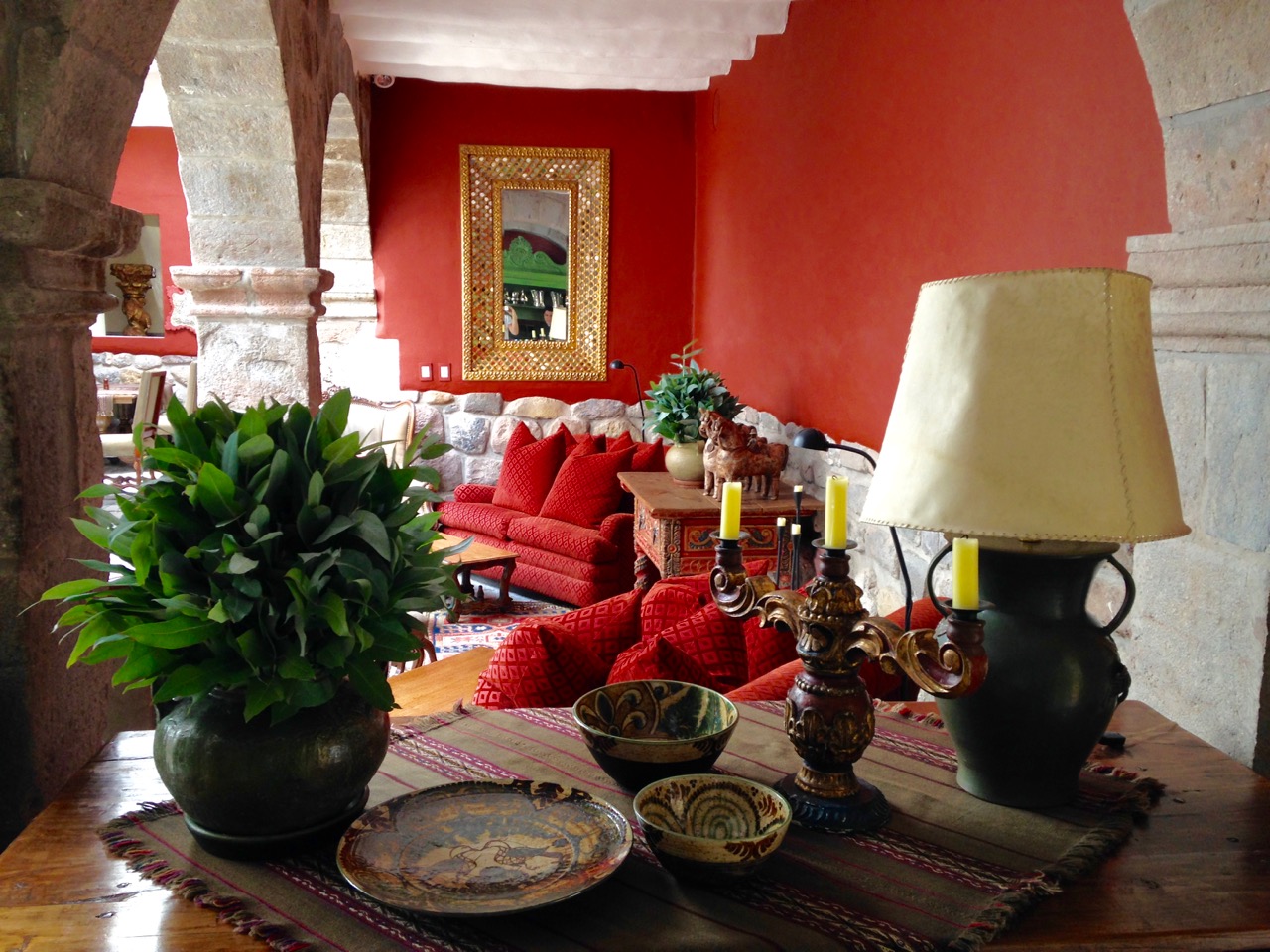
A question we are often asked is, where are our textiles are from? Most (if not all) textiles at Inkaterra La Casona are gathered and made from the Andean village of Chincheros, which lies between Cusco and Urubamba.
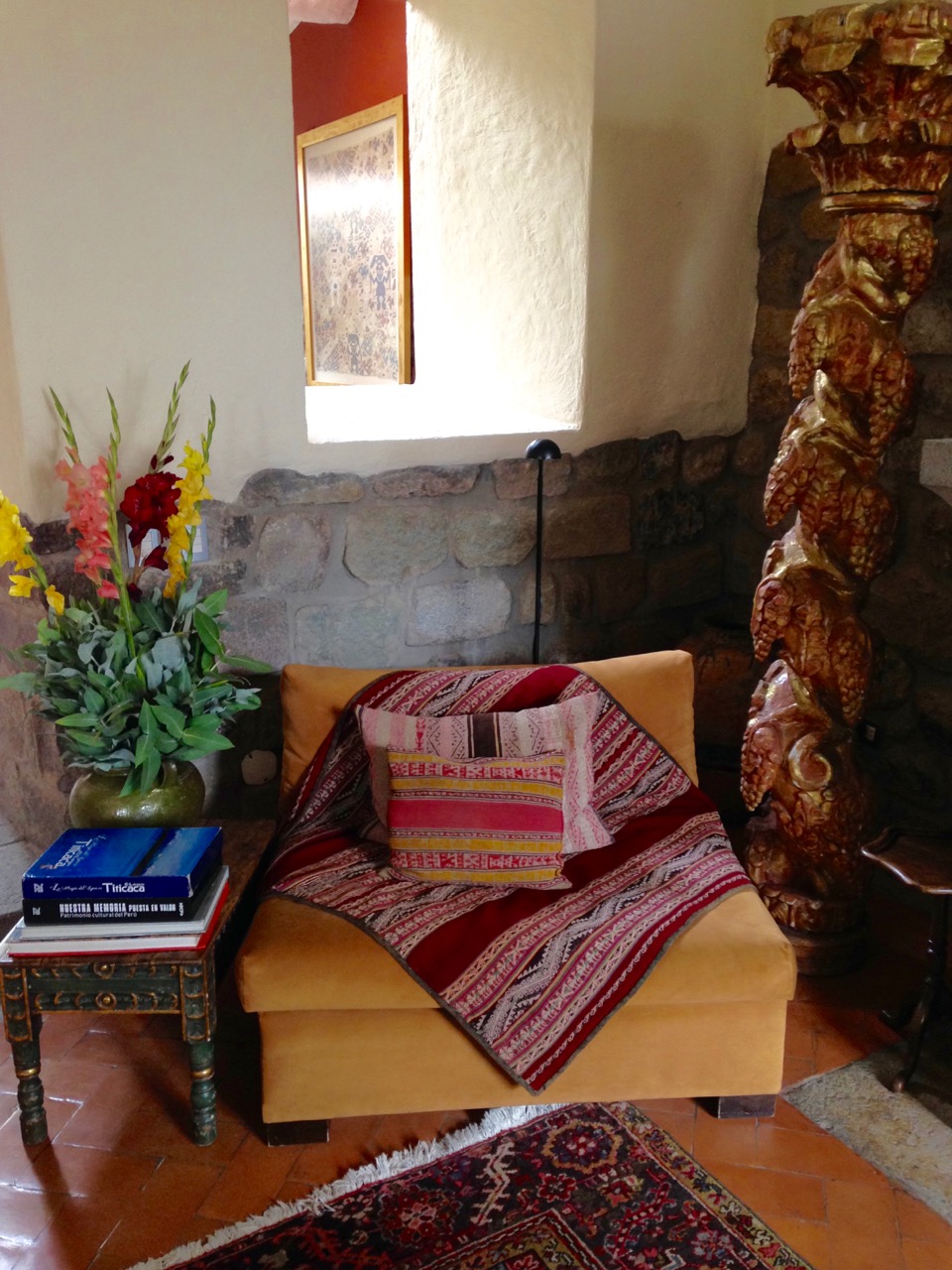

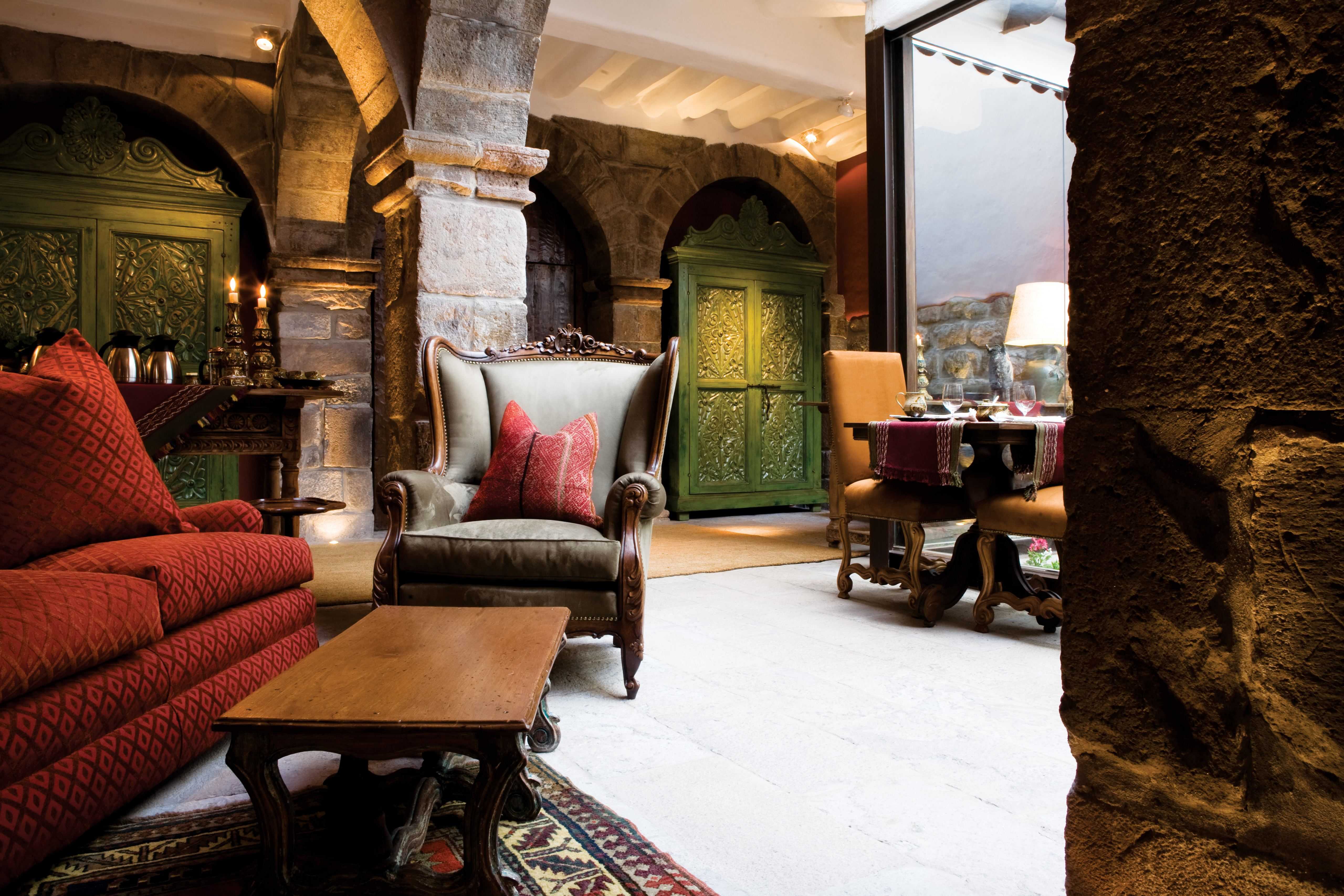
If you look carefully up at the courtyard balconies, you may have noticed a difference in design. Inkaterra has retained and restored the original balconies that survived two traumatic earthquakes, which previously destroyed the city. The restoration is a classic example of Inkaterra’s overall design ethic, which is to preserve the history and heritage of the buildings, in both the architecture and the interiors.
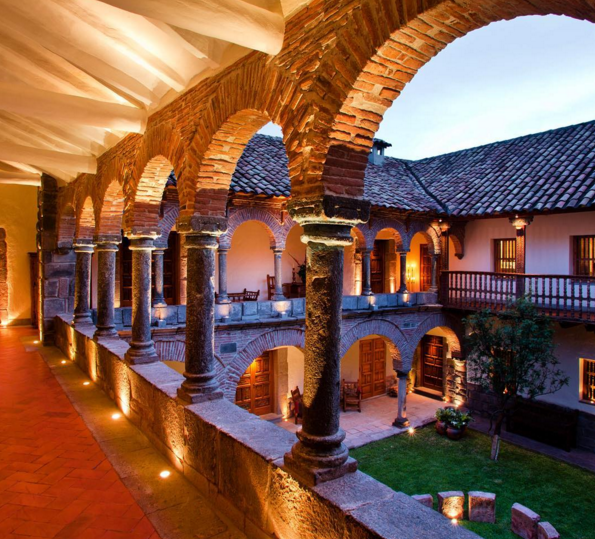
Inkaterra Hacienda Urubamba tells a different part of the Inca story: one of life in the empire’s heartland.

Built as a traditional Peruvian casa hacienda, guests are invited to soak up the culture and spiritual environment of the Sacred Valley of the Incas. Floor to ceiling windows allow natural light to flood the hotel, lifting the warm tones that decorate the walls and interiors.
.
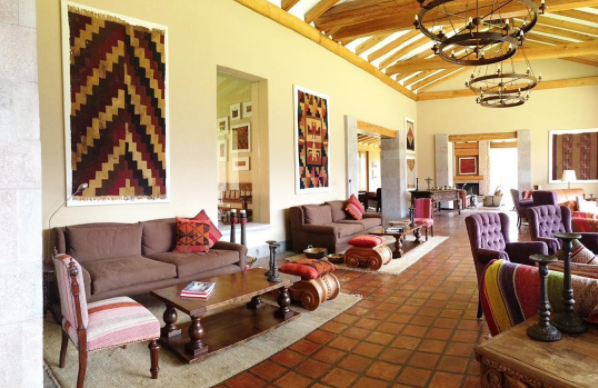
Denise has brought the property to life with exposed eucalyptus beams, handmade furniture and custom-created ceramics. By sourcing precious pre-Columbian antiques, and the finest Andean furniture, Denise has created a home from home that reflects the beautiful and enchanting surroundings of the Sacred Valley.
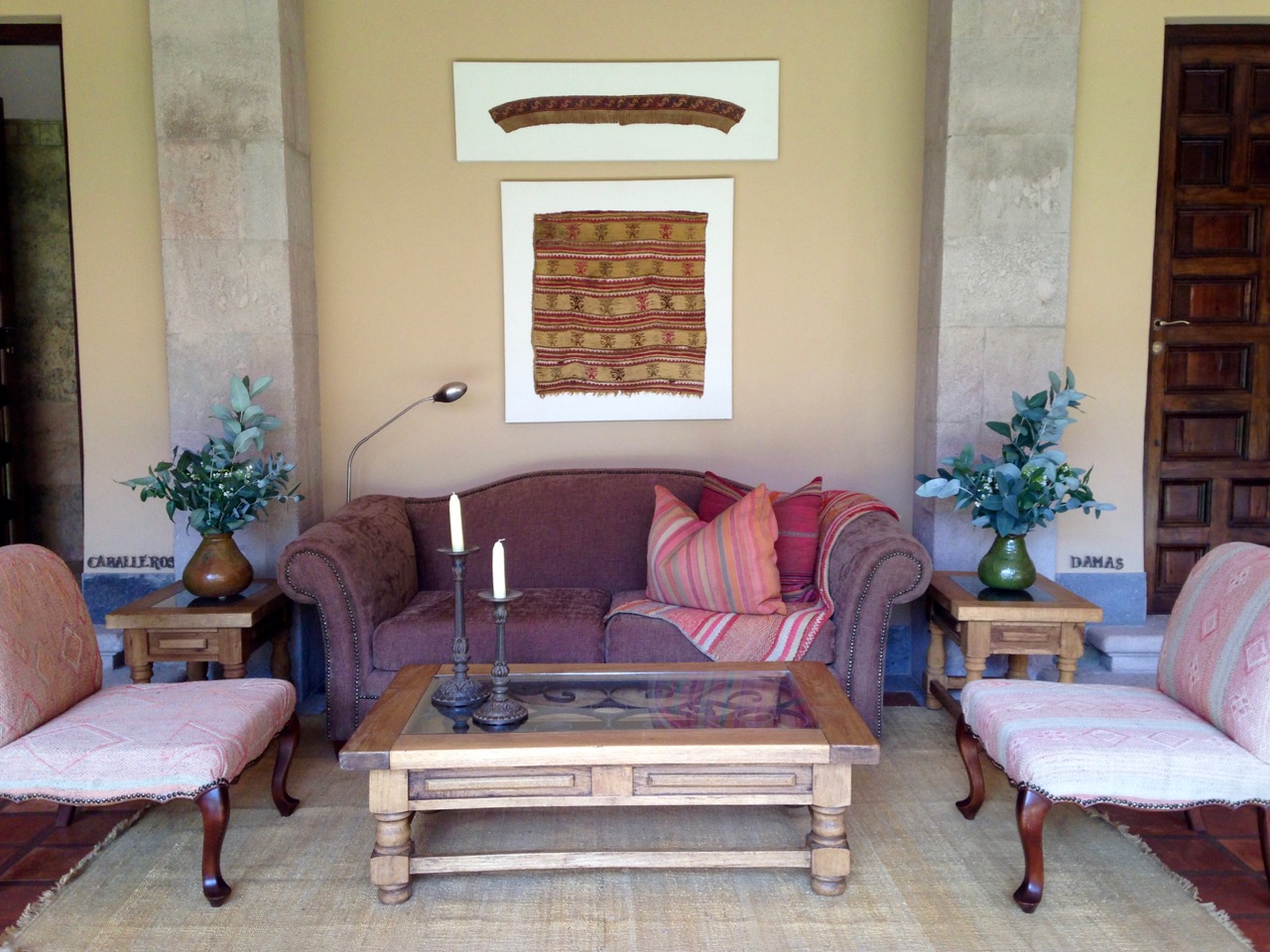
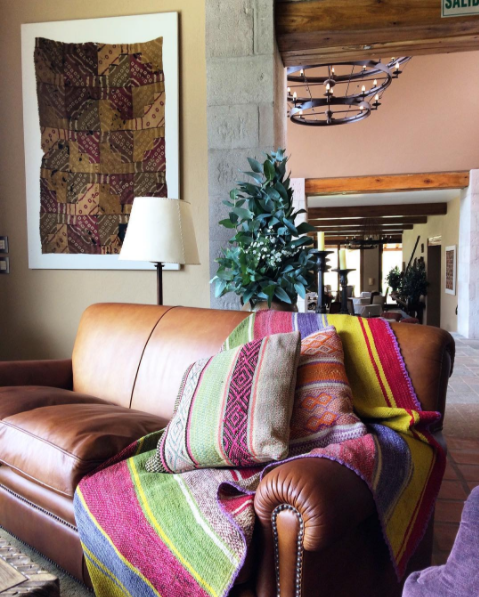
Guests can snuggle up in front of a cosy fire, wrapped up warm in one of our hand woven blankets, that have been dyed with natural extracts of plants.
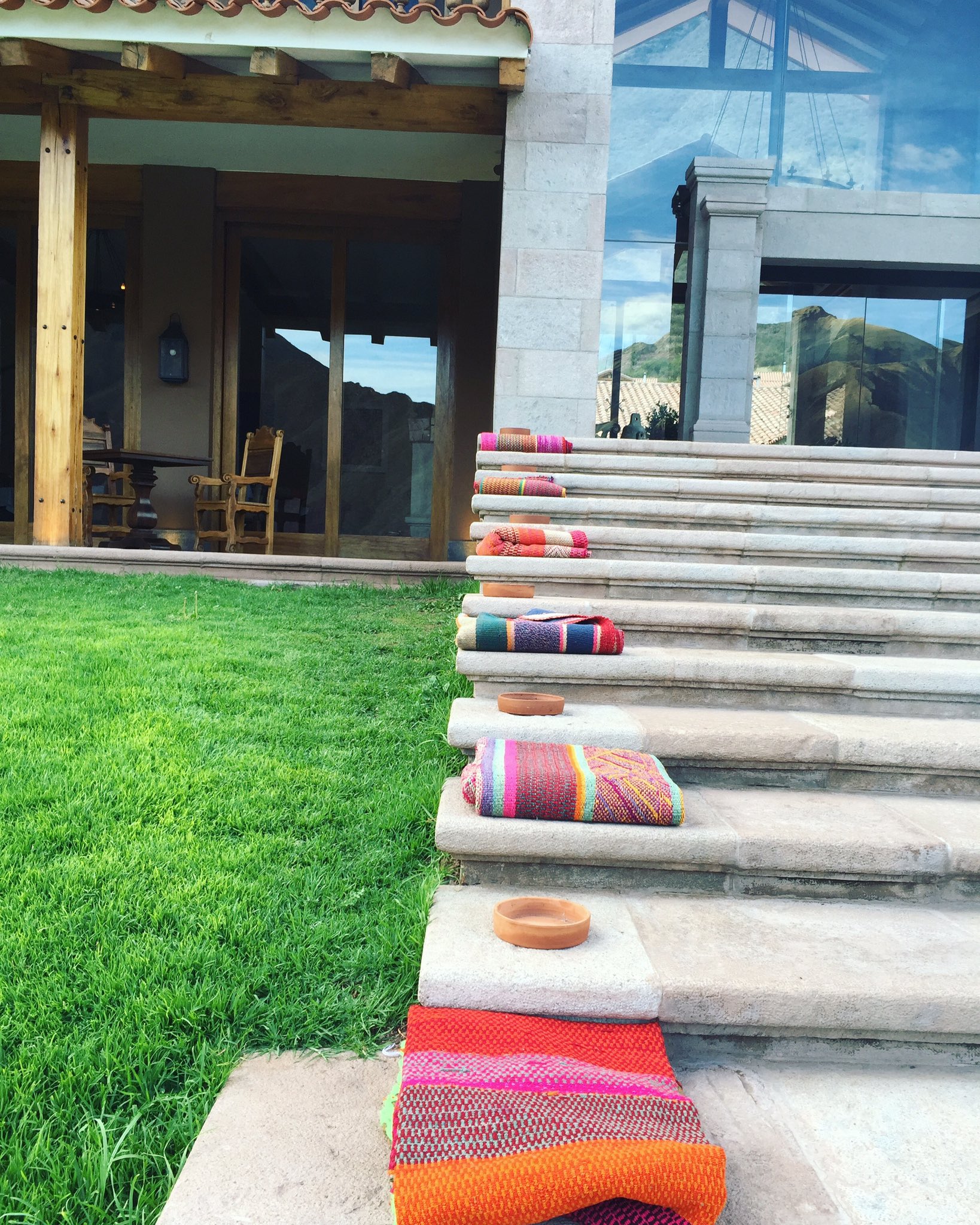
Inkaterra Machu Picchu Pueblo Hotel
The vibrant culture of the Andes continues to be ever-present as we reach our next Andean property, Inkaterra Machu Picchu Pueblo Hotel.
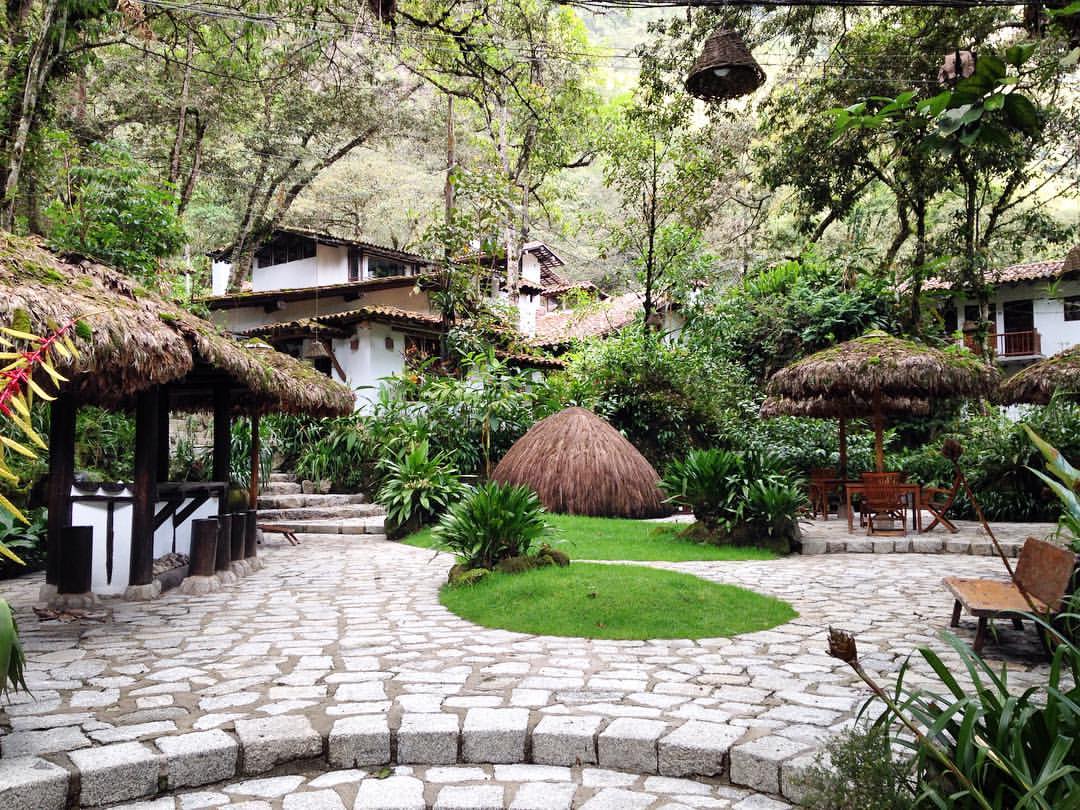
The Andean village is not only home to enchanting waterfalls, stone pathways and 83 white-washed casitas and 2 villas, but also to an array of beautiful carvings and textiles. Each suite, as well as communal areas such as the lobby and the restaurant, is illuminated with brightly coloured, comfortable and hand woven bed throws, cushions and blankets.
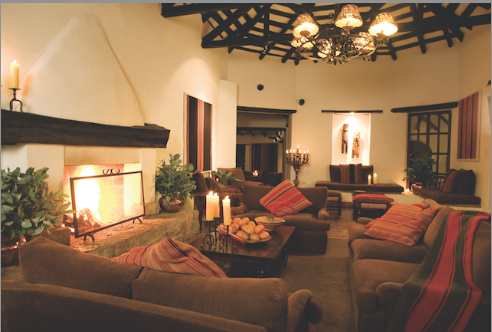
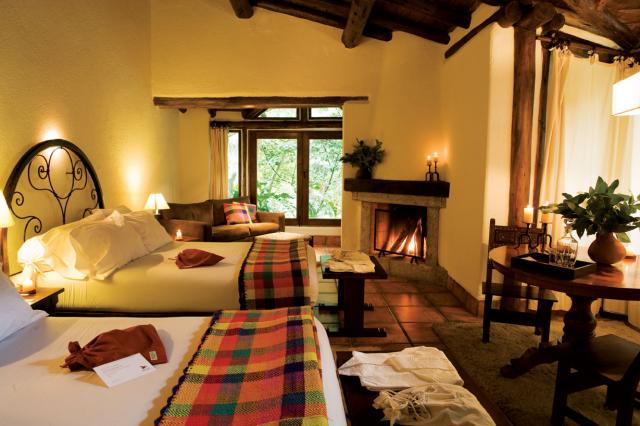
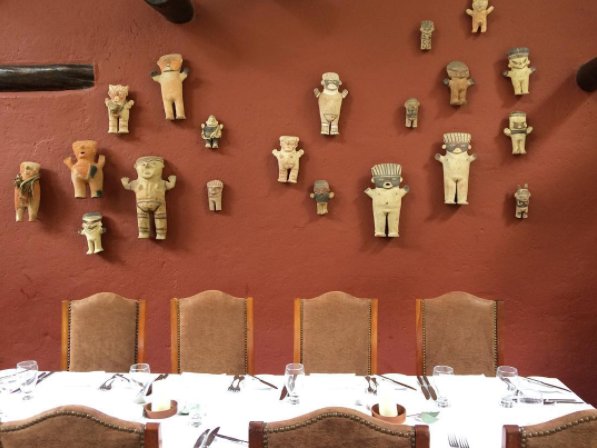
At Inkaterra, it’s all about the details; a touch that guests particularly enjoy, is our alternative ‘Do Not Disturb’ signs. At Inkaterra La Casona, guests can find in each suite a wood-carved ornament of tender ‘Nino Manuelito’ (also known as the Child with a Thorn or the Holy Child), in a crib to place outside their door. Peruvian sculptor, Antonio Olave Palomino, is one of the most famous 20th century artisans from Cusco and is the creator of the first Niño Manuelito.
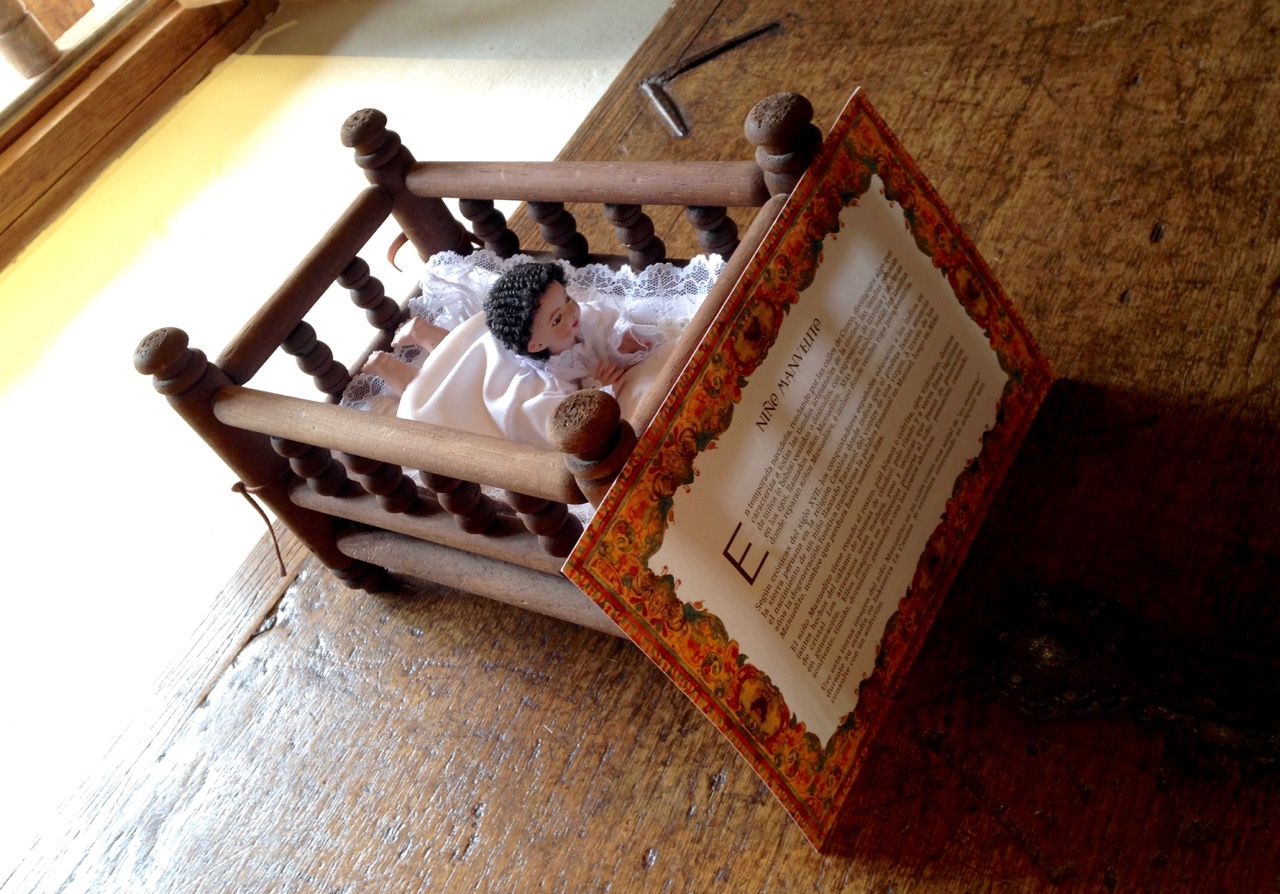
Whilst staying at Inkaterra Hacienda Urubamba, guests are encouraged to deposit a basket of aromatic herbs and flowers, picked from our orchard to place outside their door for a little privacy.
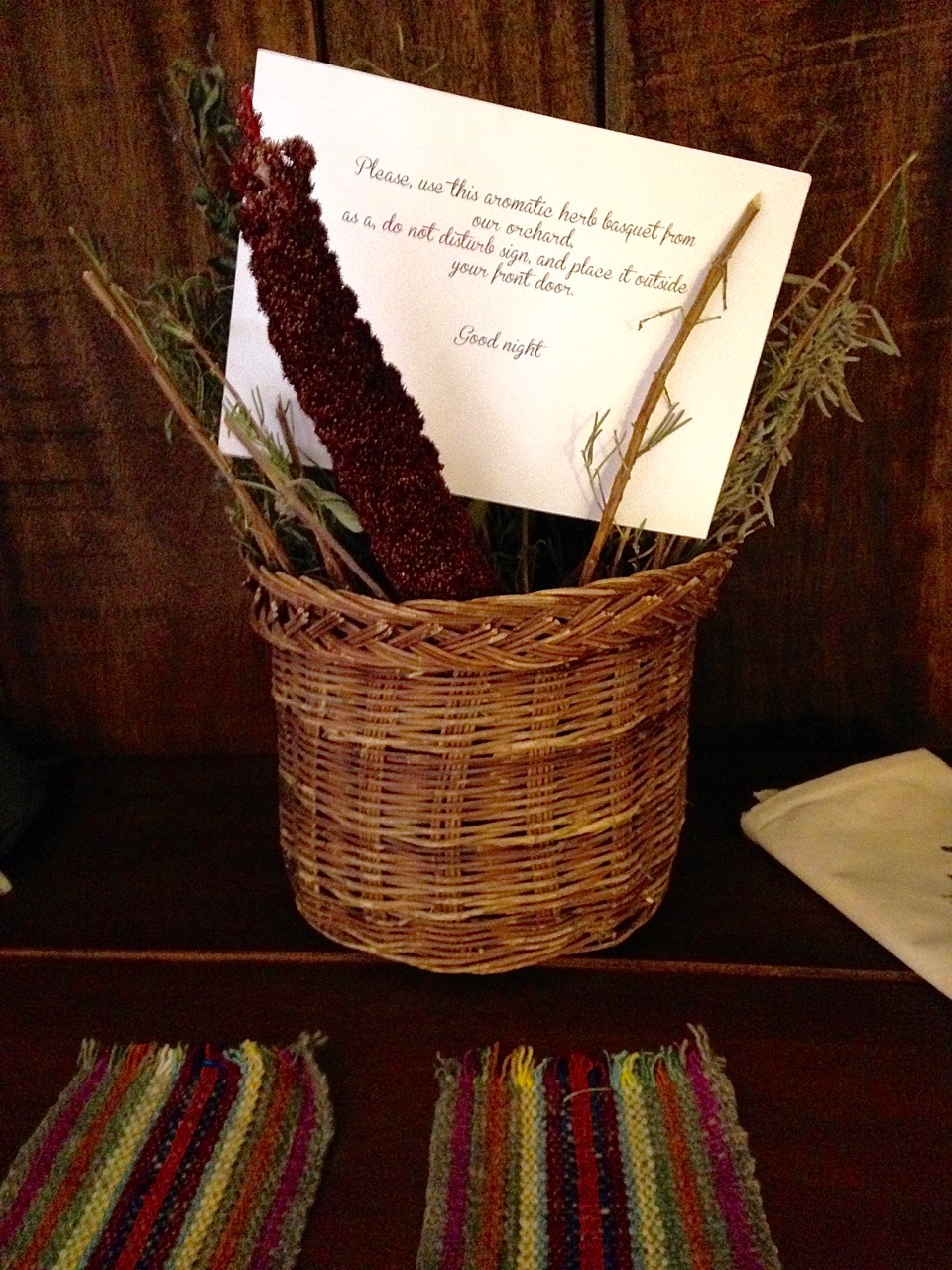
The quality in interior design at Inkaterra La Casona and Inkaterra Hacienda Urubamba, is one of the contributing factors that saw the properties join Inkaterra Machu Picchu Pueblo Hotel and Inkaterra Hacienda Concepcion in becoming National Geographic Society’s Unique Lodges of the World.
